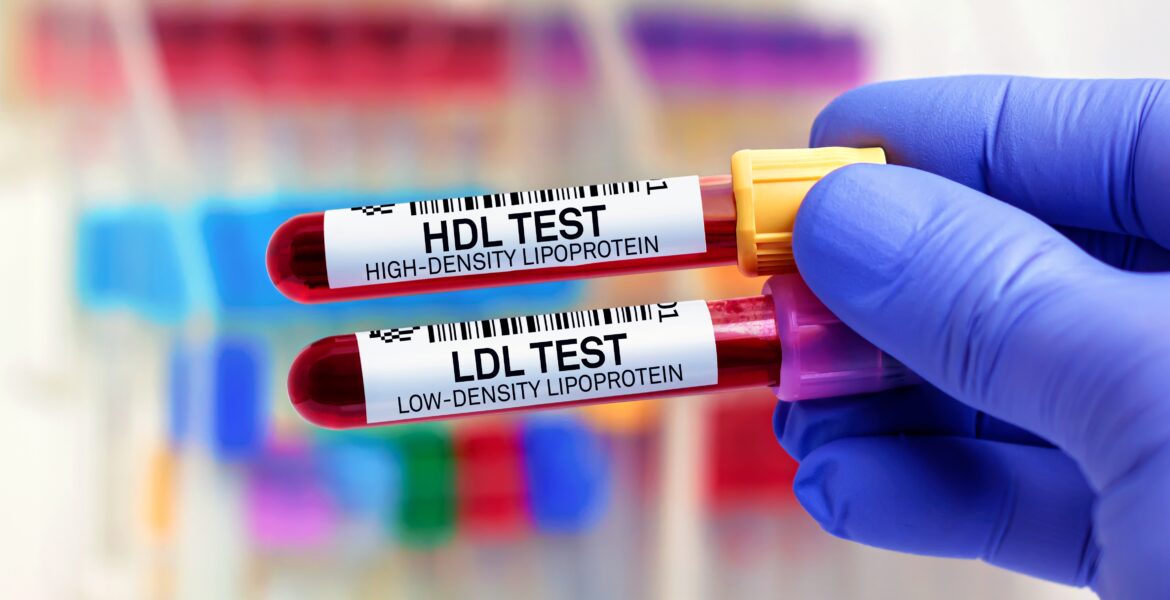When it comes to health, LDL and HDL levels are pretty high on the concern board. So much so that when the yearly physical comes around and the bloodwork is drawn, doctors’ eyes go straight to those cholesterol numbers. From there, patients like us either get the green light to proceed and keep living life the way we’ve been. Or, we get the red light to stop and make a serious change, pending prescription medications.
In this quick blog, we’re going to brief you on LDL and HDL so that you, too, know what the risks are. We’ll chat about what you can do to improve your cholesterol levels if they’re bad, how often you should look into getting them checked, and some quick prevention tips you can keep in your back pocket for future reference.
Without further ado…
What Are LDL and HDL Cholesterol?
By definition, low-density lipoprotein cholesterol is labeled as the “bad” cholesterol. That’s because the risks involved include heart disease and stroke.
On the other hand, high-density lipoprotein cholesterol is labeled as the “good” cholesterol. That’s because it absorbs excesses of cholesterol in the bloodstream. Once ready for transport, HDL carries the cholesterol back to the liver so that the vital organ can flush it out of the body.
That means you want low levels of LDL and high levels of HDL to balance properly. If LDL builds up too much without removal help from HDL, plaque can increase on the walls of your blood vessels. This action points towards heart disease and stroke, as previously mentioned.
What Are Some Symptoms of High LDL Levels?
High LDL levels aren’t really something you can feel. In fact, most people don’t know that they have high cholesterol until their bloodwork comes back.
Though uncommon, it’s not impossible to have symptoms associated with high cholesterol levels. Some can include:
- Fatty bumps on the skin
- Gray-white rings around the corneas of the eyes
How Often Should You Get Your Levels Checked?
The standard measurement for the average person would be once a year, right before an annual physical. Certain circumstances can require you to get bloodwork done more frequently. These include:
- Age: The older you get, the more your numbers should be checked
- Family history: If a close relative has a history of heart disease, stroke, or health problems
- Risk factors: If you have been diagnosed with heart disease
- Male sex: Males are more apt to have high cholesterol levels
If Diagnosed With LDL Cholesterol, What Can You Do to Lower It?
Various lifestyle changes can be made to have a healthier cholesterol profile. Those include:
- Dietary changes
- Establishing a regular exercise regime
- Maintaining weight
- Forgoing tobacco use
- Limiting alcohol consumption
Specific prevention tips can be found on Healthline.com. Some include:
- Include whole wheat foods in the diet by swapping traditional pasta for whole wheat pasta and white rice for brown rice
- Omit salad dressings from the house and only use ingredients like olive oil and lemon juice to create an easy DIY recipe at home
- Eat at least two servings of fresh fish per week
- Drink seltzer or plain water instead of drinks high in sugar content
- Avoid frying meats; focus on baking, grilling, or stovetop pan cooking






